Day 5, ME: Our Best Day Yet
After day 4 of our Maine Grousin’ Adventure we’d seen enough woodcock. They’re fun and all, and can save a slow day, but we didn’t come to Maine for woodies. We wanted to see some grouse. Preferably a lot of grouse. So that was the focus for day 5.
Once again we headed up north, to where we found grouse on day 3, determined to find more. We thought we were onto something, a grouse pattern, and wanted to test it.
Before getting into that, we mean “pattern” in the fishing sense: where, when, how – what to do to get the most grouse. Depending on where you’re hunting, what time of year and the weather, there’s always a way to pattern the birds – meaning find more of them consistently than just one here/one there.
So based on day 3, we thought we were onto something, and wanted to try to replicate it. If we were successful, we’d be into birds and hopefully get some shooting.
We started by checking out a spot we’d wanted to check on day 3 but weren’t able to because a truck was there. That’s never a good sign and normally we’d avoid a spot that’s been hunted. But on Google Earth we saw that this area – full of right-sized beech and maple – went down to a low/wet area, and that’s typically the ticket to grouse.
But that area was full of beech and maple, which usually is the Dead Sea: There’ll be a grouse or two in it, but not concentrations of grouse (two or more) like we want to find.
So we got there, headed downhill through the beech and maple, and…not one flush.
When we got to the bottom, we didn’t like what we saw. First of all, there was a loooooooong, open/barren (grassy) transitional area from the beech/maple hill to the bottom. And the bottom was pine islands broken up by older alders resting in tall grass. Grass for us typically is non-grousy habitat….
But Sean decided to hit the road and go down a ways to see what he could see. Didn’t see anything, but he heard a bird flush from a tree, and from there it was on. We ended up flushing at least two more, and Brendan and Jay shot the first two shootable birds of the day. Jay’s re-flushed from behind a boulder in the alders, and Brendan’s flushed from a pine above his head.
In that spot we ended up with 8 total flushes from 4-5 birds.
Question was, what did we learn from that? Bearing in mind our day 3 experience, the equation went something like this:
Wet area + pine islands + mature alders + road = birds
On to spot number two, which was our best day 3 spot. We got 8 more flushes, 3 shootable, zero birds. Jay missed two because he was shooting at the back end of the bird and Brendan missed one for the same reason. Bottom line: poor shooting!
What made it more galling is a couple times the birds were flapping like crazy to get out of the pines – so you could tell where they were going to come out and shoot across the sky. And we <i>still</i> couldn’t keep up with ’em. (Must…shoot…skeet….)
The good part: we were already at 16 flushes!
The rest of the day basically was two more spots. One was very similar to the second spot, a river bank with a particular type of cover mix and structure. But the last productive spot was different – on the surface, anyway. Much higher in elevation (700 feet higher), a river/stream wasn’t the central feature (it was a hillside), but it had the right mix of stuff structured the right way.
By the end of the day we’d gotten 26 grouse flushes (no woodcock), our best flush day yet. At least half a dozen of those should’ve come back to the cabin with us, but we were happy with what we’d puzzled out.
We were psyched for day 6, and felt pretty good that even with a forecast weather change (some rain) we could have another 20-flush day.
Category: 2011-12 reports, Hunt reports, ME, Ruffed Grouse, SBH

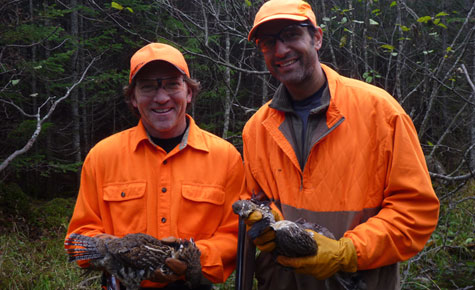
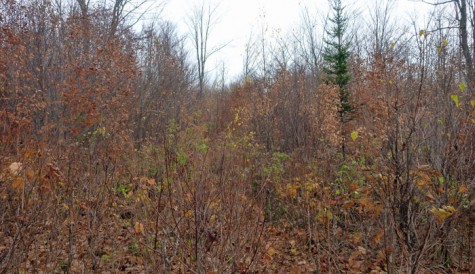
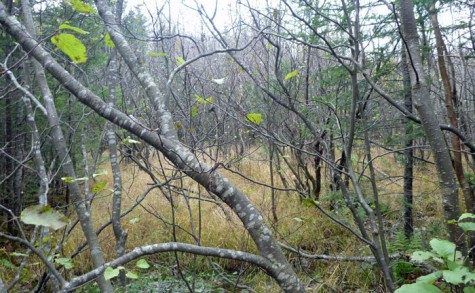
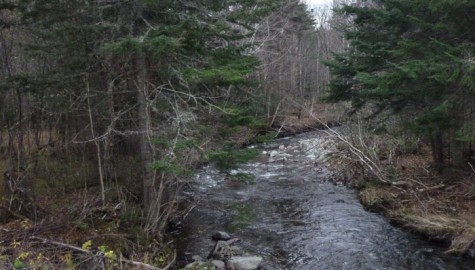
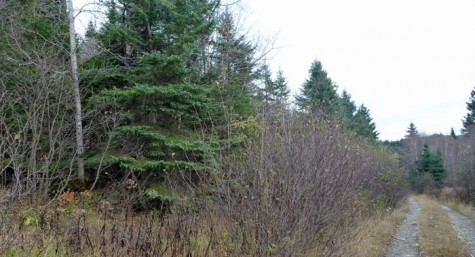




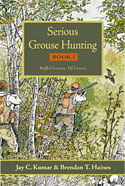


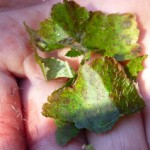
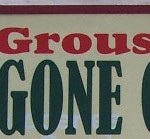
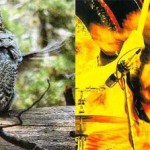
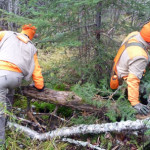
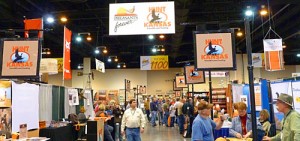
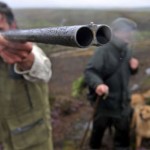
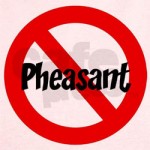
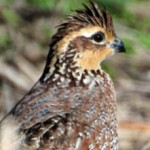
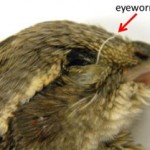
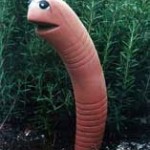
Northern Wisconsin has been very dry until recent rains. Low, wet areas + cover = birds. I’ve had many flushes where grass & ferns are present.